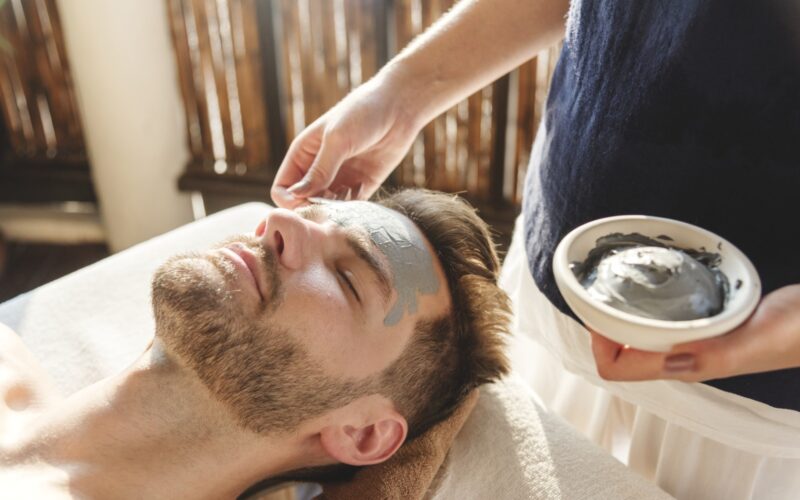
Self-care and relaxation have various options, such as a traditional or medical spa. Both spas offer treatments that promote health and well-being, but they differ in their approach and the services they provide. A traditional spa focuses on relaxation and beauty treatments, while a medical spa offers a range of medical-grade therapies that go beyond relaxation to address specific health concerns. This article will explore the key differences between a medical spa and a traditional spa to help people determine which type is best suited for their needs.
Working Staff
Another key difference between a medical spa and a traditional spa is the type of skilled professionals they employ. Traditional spas employ massage therapists, estheticians, and other wellness professionals trained in relaxation and beauty treatments. In contrast, medical spas are staffed by licensed medical professionals, such as physicians, nurse practitioners, and licensed estheticians, trained in medical-grade treatments.

These medical professionals have a deeper understanding of the science behind skincare and can offer a more comprehensive approach to beauty and wellness. They can also provide medical consultations and diagnose and treat specific skin concerns like acne, wrinkles, or hyperpigmentation. The staff at a medical spa work in a collaborative manner to provide a personalized treatment plan that addresses the individual needs of each client.
Services Offered
One of the primary differences between a medical spa and a traditional spa is their range of services. A traditional spa focuses on relaxation and wellness treatments, such as massages, facials, and body treatments, while a medical spa offers a broader range of medical-grade services. Some services provided at a medical spa include Botox injections, dermal fillers, laser hair removal, chemical peels, micro needling, and other cosmetic treatments.
Furthermore, medical spas offer treatments for specific health concerns like acne, hyperpigmentation, or rosacea. Licensed medical professionals with specialized training in medical-grade equipment and products typically perform these services.
Regulatory Oversight
Due to the nature of the services offered, medical spas are subject to more regulatory oversight than traditional spas. This means that medical spas must comply with strict health and safety standards to ensure the safety and wellbeing of their clients. Medical spas are regulated at the state level in the United States, and the regulations vary from state to state. Medical spas must be licensed and follow specific protocols for handling medical waste, sterilizing equipment, and maintaining a safe and hygienic environment.
Furthermore, the medical professionals who work at a medical spa must be licensed and trained to perform medical procedures, and the spa must have appropriate insurance coverage. This regulatory oversight helps to ensure that clients receive safe, effective, and ethical treatment at a medical spa.
Facilities Where Services are Offered
The facilities at a medical spa differ from those at a traditional spa in several ways. While traditional spas focus on creating a relaxing environment, medical spas are designed to resemble a medical office, with state-of-the-art equipment and medical-grade products. The facilities at a medical spa may include treatment rooms equipped with lasers, medical-grade skin care products, and other specialized equipment. The spa may also have a consultation room where clients can meet with a medical professional to discuss their concerns and develop a personalized treatment plan.
Moreover, medical spas may have an on-site laboratory to prepare custom-tailored skincare products or conduct tests. Overall, the facilities at a medical spa are designed to provide a professional and medical-grade environment conducive to effective and safe treatment.
Pricing of Services
Pricing is another important factor that distinguishes medical spas from traditional spas. Medical spa treatments tend to be more expensive than traditional spa treatments due to the use of medical-grade products and equipment as well as the expertise of the staff. Medical spas offer a range of medical-grade treatments, thus the costs of these treatments are higher than those of traditional spa treatments.
However, the higher price tag often reflects the effectiveness of the treatment and the personalized care that medical spas provide. Moreover, some medical spas offer package deals or membership programs that provide service discounts. An individual needs to research the pricing of a medical spa before scheduling treatment to ensure that it fits within their budget.
Traditional and medical spas offer treatments that promote relaxation and well being, but they differ in their approach and services. Traditional spas focus on beauty and relaxation treatments, while medical spas offer a more comprehensive range of medical-grade services to address specific health concerns.






































